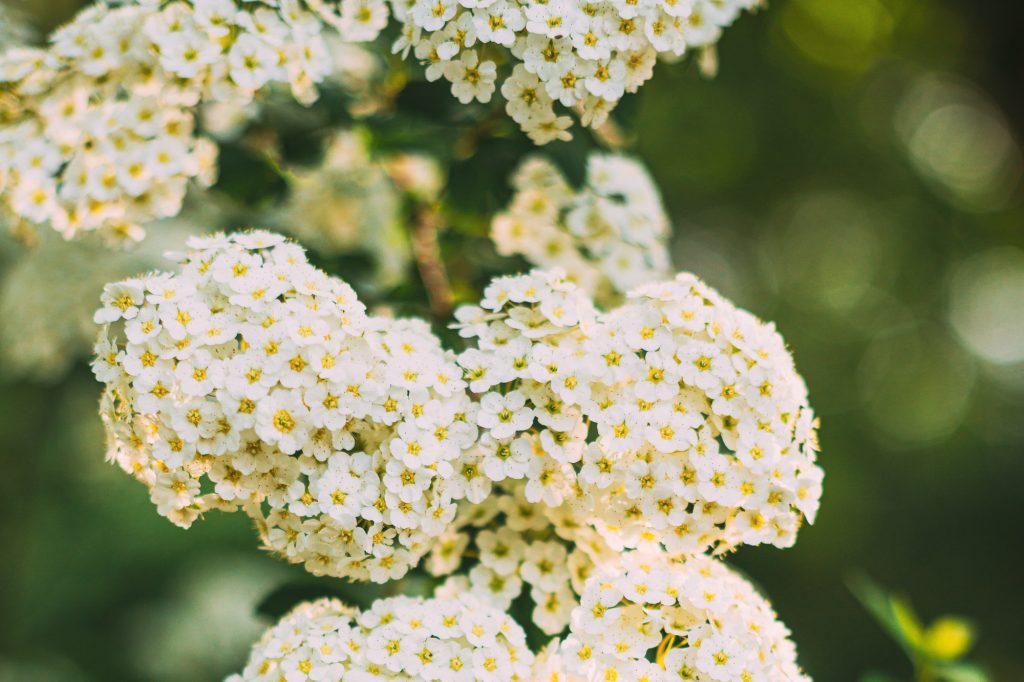With over 80 varieties, the Spirea plant is a common flowering shrub propagated for exterior design. These shrubs are widely grown for the colorful flowers they produce during their bloom season. The Spirea’s prominent foliage color is green while their flowers vary from white, pink, red, and sometimes purple.
When properly tended to, the Spirea produces full cascades of flowering that can brighten up any environment. Asides from its attractive flowers, the Spirea plant is also propagated for its mild yet sweet fragrance.
Since they are propagated as outdoor plants, they require bright sunlight and moderate watering amidst other basic growth needs to thrive but generally, they are low-maintenance plants. In addition, they are affordable and easy to propagate. They are perfect for both beginners and experienced growers.
The most popular Spireas are the most attractive varieties. We have provided a list of the most colorful varieties you can propagate in your home or garden. In addition, some tips have been included to aid your propagation journey
Spirea Plant Profile And Basic Information
This profile offers you basic information that would serve as a guide as you start your propagation journey.
| Botanical name | Spirea spp. |
| Origin | Japan |
| Light | Bright indirect light |
| Watering | Moderate watering |
| Temperature | 68°F-80°F |
| Toxicity | Non-toxic to pets and humans |
| Propagation Style | Outdoor propagation |
| Food | Balanced Granular Fertilizer |
| Humidity | Low humidity |
| Foliage color | Green |
| Flower Color | Pink, Red, Purple, White |
| Susceptible Plant Issues | Root rot, Wilting leaves, Sparse growth, Yellow/ Brown / Dried Leaves, Pest Infestations |
These tips, when followed would help avert plant issues that may occur during your propagation journey.
- Never allow the soil to become swampy. Swampy soil exposes the plant to root rot which can damage the plant.
- Do not expose the plant to drought conditions over a period. This can lead to plant issues such as wilting leaves, faded leaves, and ultimately plant death.
- Regularly mist your Spirea leaves. This helps improve humidity for the plant.
- Prune them to the desired shape. Your Spirea would remain elegant when properly pruned. The best time to prune your Spirea is after their bloom season has ended.
- Sterilize equipment before pruning. It is in your best interest to purchase personal equipment rather than borrow it. Unsterilized equipment can transmit plant diseases.
- Ensure they are planted where your Spirea plant can receive bright indirect sunlight daily.
- Fertilize them periodically. The application of fertilizers is effective during their growing season.
- Keep your pets and kids away from your Spirea plant.
- Snip off dead or drooping leaves to enhance the growth of new leaves.
- For mass plantings, propagate varieties and watch your garden blossom with colorful Spireas.
Spirea Plants: 13 Varieties To Grow Today
Some Spirea varieties can grow up to 8 ft. in height and 10 ft. in width. However, the average growth of the mature Spirea plant is 3 ft. in height and width. Any of these Spirea varieties would be an attractive addition to your garden, or a good choice if you are a beginner.
1. Double Play Blue Kazoo Spirea
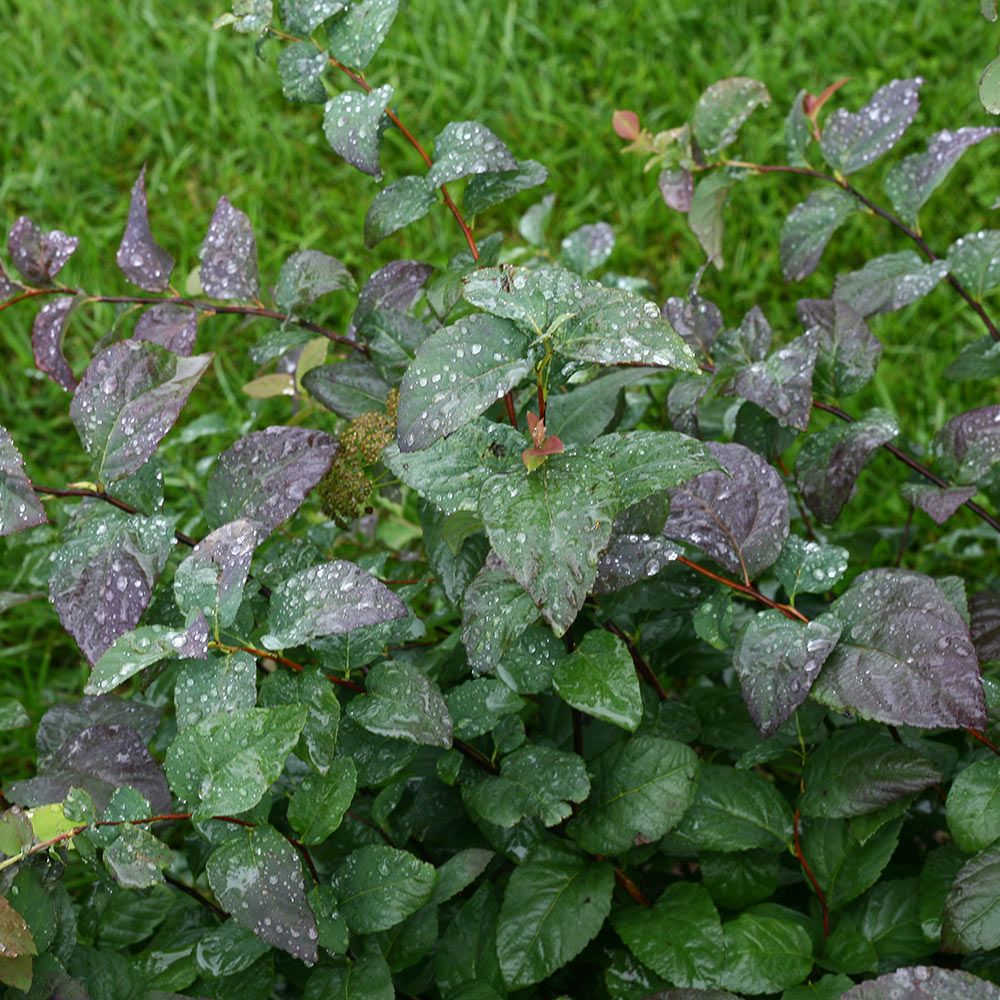
Some growers regard the Double play Blue Kazoo as the unique Spirea variety. Their leaves are a combination of green and dark blue. The upper part of the foliage surface is blue, while the lower is green. They produce large clusters of white flowers during their bloom time.
This variety is perfect for any exterior design, regardless of the theme. This variety can be propagated through softwood cutting, hardwood cutting, and ground layering. They are perfect for ground covers and landscape designs.
Due to their stunning foliage, some growers prefer them grown in containers to place them in any desired location. Unlike other varieties, they may not require pruning to remain attractive except when desired by the grower or when overgrown.
The best time to prune them is in late winter to early spring. They are low-maintenance plants that require moist soil, regular watering, and an appropriate temperature to thrive.
2. Japanese White Spirea
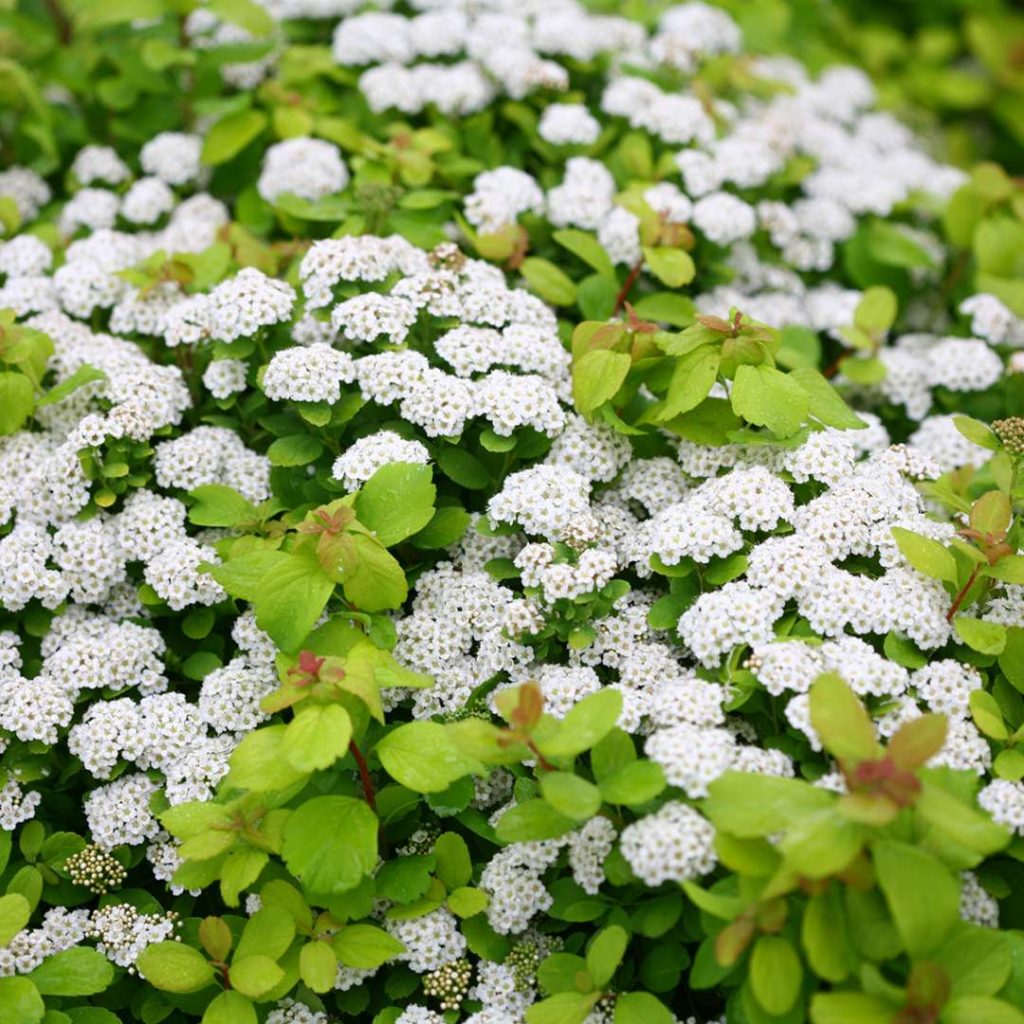
The Japanese White Spirea is propagated for the cascade of white rose flowers it produces during its bloom time, although its foliage is green. Their full mass of flowers is the most attractive feature of this species. When it comes to fragrance, the Japanese White Spirea is a good option to propagate; their mild sweet fragrance is ever refreshing.
Bushy Japanese White Spireas are the most stunning. The Japanese White Spirea is propagated as an outdoor plant and can be grown in containers, ground cover, or used to define the edges of the landscape around your home.
They are easy to propagate, hence a good choice for beginners; they can be propagated through these methods-Softwood cutting, hardwood cutting, and simple layering. This species can grow up to 3 ft. in height and 5 ft. in width, but some species can grow up to 6 ft. in height and width.
The best time to prune them is during early spring. The provision of adequate watering, appropriate soil mix, warm temperature, regular and moderate watering, and a pest-free environment is enough to ensure a thriving Japanese White Spirea.
3. Anthony Waterer Spirea
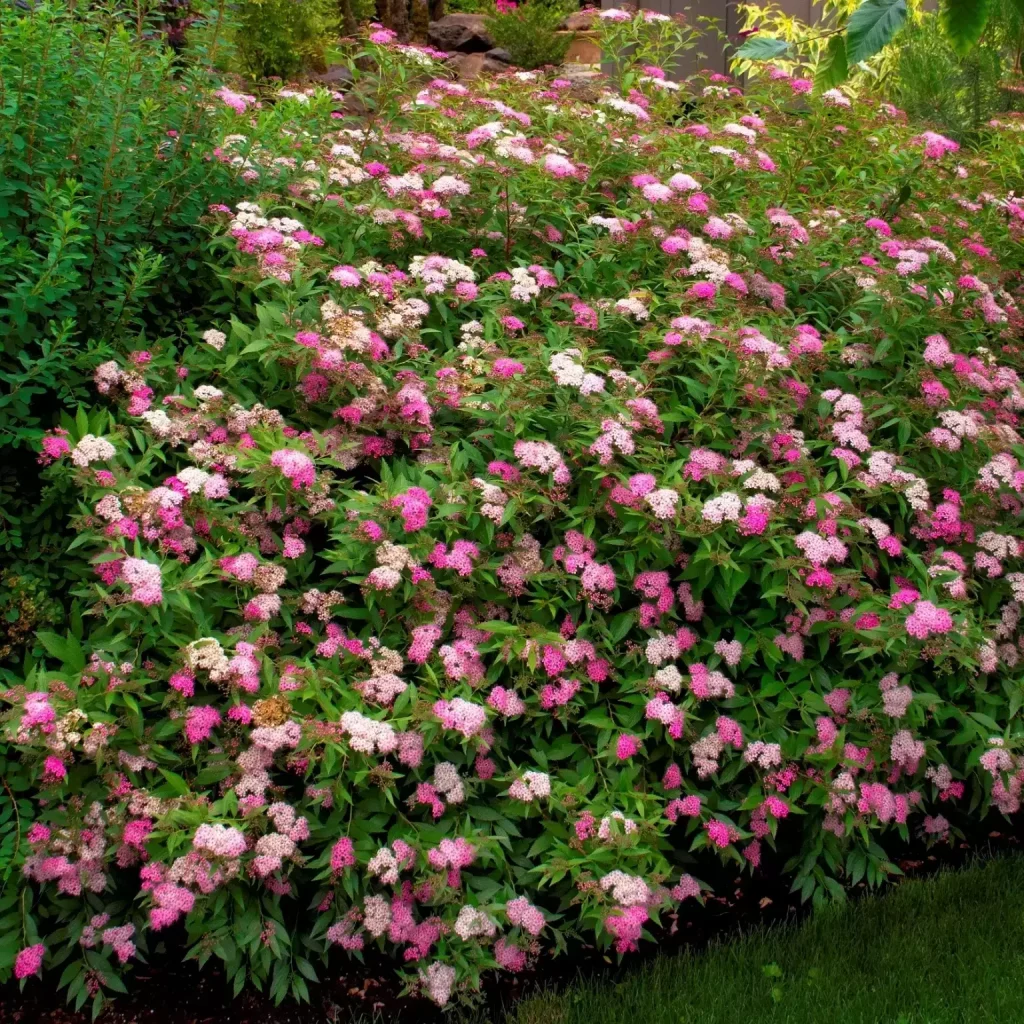
Anthony Waterer Spirea is a tough and hardy shrub paired with elongated green foliage. This is really cool plant to have in your houseplant collections. It does feature showy clusters of rose flowers from late spring to early summer that grow at the end of the branches. The flowers on Anthony’s spirea are bright and attractive.
This is a really great shrub that can be placed in your indoor garden or your front door. The flowers start as stunning crimson and can turn into a deep rosy pink. It is also very easy to care for, it should be planted in sunny or partial shades and it needs to get at least 4 to 5 hours of sunlight.
Anthony Waterer Spirea is one of the most stunning varieties of spirea plants. You can control its size but pruning it back after the blooming or when it goes dormant in winter.
4. Magic Carpet Spirea
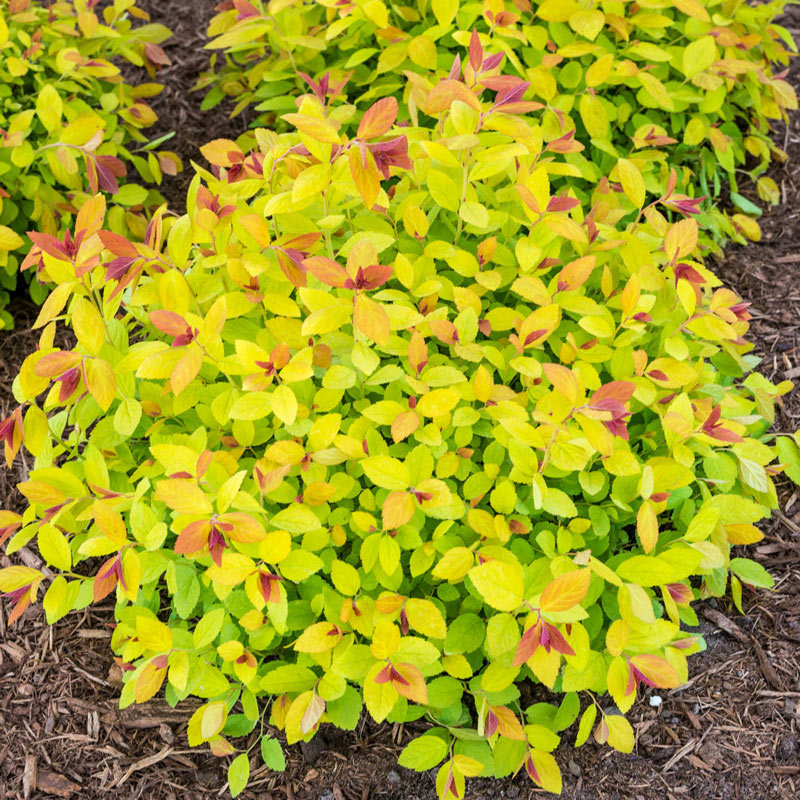
The Magic Carpet is regarded as one of the most attractive varieties due to its colorful foliage and flowers. The magic Carpet Spirea should be considered if you are big on color effect, especially for your exterior. Their foliage color is lemon, while their flowers usually come in varied hues of pink and red.
However, the foliage color of some varieties is a mix of green, pink, and red. When properly nurtured, they can grow up to 24 inches in height and 3 ft., in width.
Under perfect growing conditions, the Japanese White Spirea has a lifespan of about 20 years. They are propagated as outdoor plants. Organic soil provides a good draining system for your plant to grow in.
Landscape design can be used for mass planting, garden plantation, and ground covers. They can be propagated with softwood cuttings, hardwood cuttings, and the ground layering method. The Magic Carpet requires organic soil to thrive.
5. Sem Ash Leaf Spirea
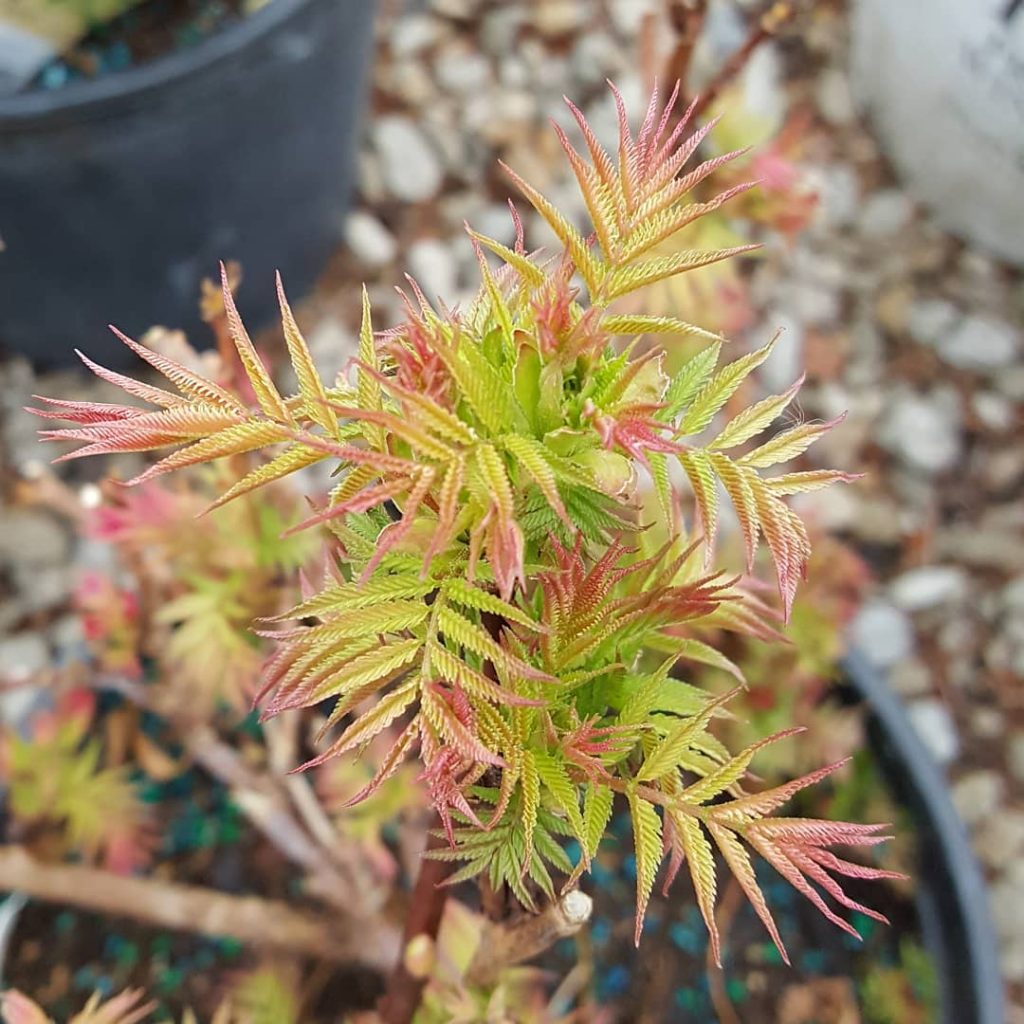
This variety does not only have a charming foliage design but also produces attractive flowers when they bloom. For foliage design, the Sem Ash Leaf has a fern-like shape. Their flowers grow into mini trees; this feature contributes to the reason they are widely propagated.
Their prominent foliage colors are hues of green and red. When bushy, they make an attractive bunch. This variety has its origin in East Asia. They are generally propagated as outdoor houseplants and gardening plants.
Since they are affordable, easy to propagate, and low maintenance, the Sem Ash Leaf Spirea is a good option for both beginners and experienced growers. They remain attractive when kept tidy and neat. This can be achieved by proper care and regular pruning to maintain a certain shape as desired by the grower.
This variety can grow up to 4 ft. in height and width. They require bright sunlight, regular watering, warm temperature, periodic fertilization, and a pest-free environment to thrive. To prevent foliage damage and ingestion, keep your pets and kids away from them.
6. Bumalda Firelight Spirea
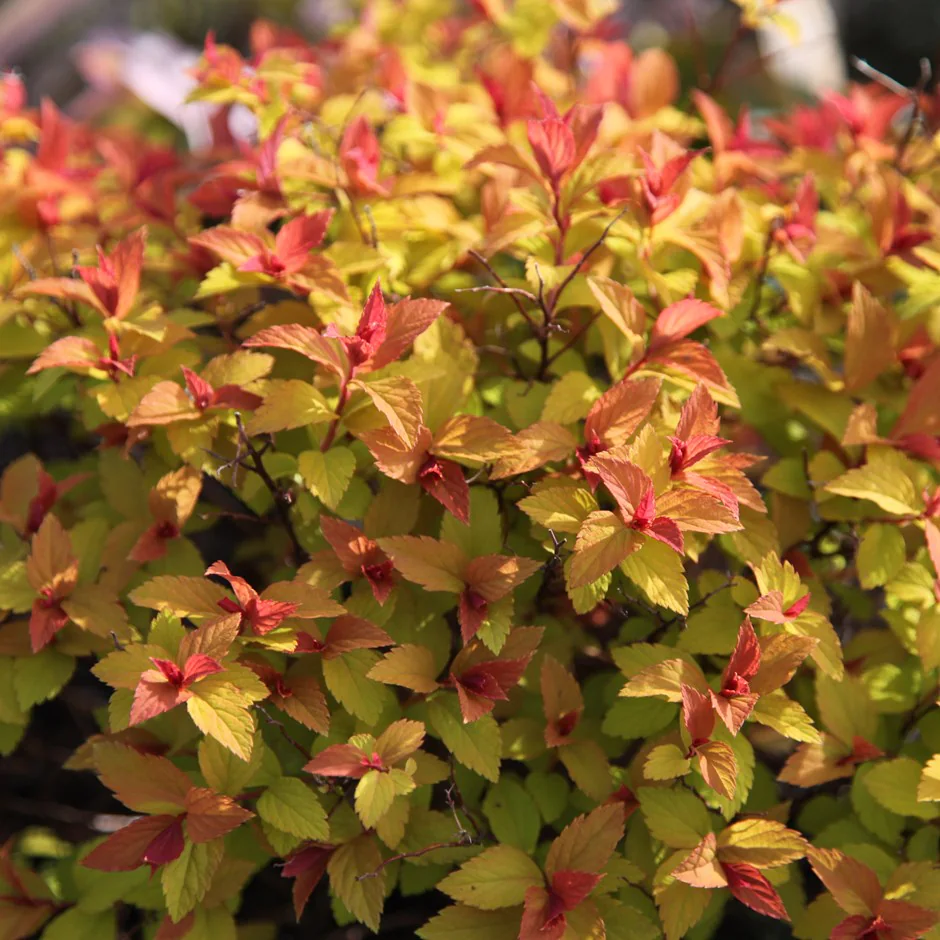
Firelight Spirea is quite a rare and interesting variety. This plant is a medium-sized rounded deciduous shrub and will do well placed outdoor in front of your house. It produces abundant flat clusters and rose pink flowers in late spring into summer. Bumalda Firelight Spirea is duller than the gold mound but quite similar to it.
This plant has really distinct colors, the spring foliage is coppery orange-red while it can fade into green yellow color. It is a bushy shrub that can grow up to 1.2m.
They do best with Moderate watering, it plays an essential role in keeping this variety healthy. Regularly misting their leaves improves their humidity and prevents the build of dirt and pests.
This is classified as semi-evergreen and it boasts of reddish purple in autumn. Its fine relative texture sets it apart from other varieties of spirea plants. Ensure to water it regularly and keep a close eye on it to avoid it drying out.
7. Dakota Goldcharm Spirea
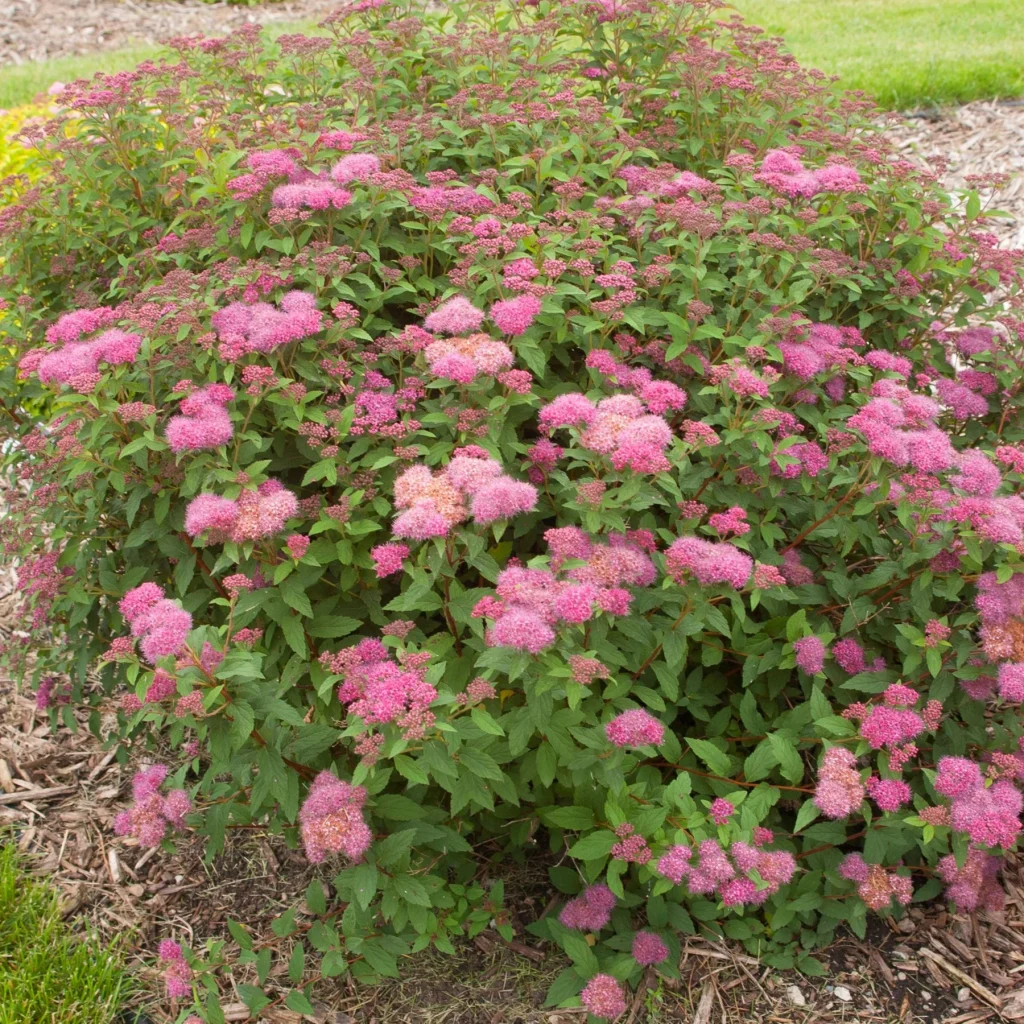
Another stunning variety that easily captivates onlookers and enhances the outlook of your home’s exterior is the Dakota Goldcharm Spirea. Their prominent foliage color is Green during their early growth they produce bright red leaves.
Red Dakota Goldcharm Spireas are very attractive, although their leaves turn green as they mature. During their bloom time, they produce lilac, pink and purple flowers. These flowers appear as rose-like clusters around the leaves. At a mature age, they grow up to 18 inches in height and 3 ft. in width.
To keep your Dakota Gold charm Spirea healthy, ensure they are not neglected and are provided the basic growth requirements needed to survive. Their growth needs are within reach and affordable.
Organic soil, moderate and regular watering, periodic application of balanced fertilizer, and pruning are the basic requirement your Dakota Spirea needs to thrive.
Ensure your plant never dries out before watering. Constant exposure to drought conditions would lead to stunted and sparse growth. Issues could emanate from neglecting and failing to provide other growth needs.
8. Triumphans Spirea
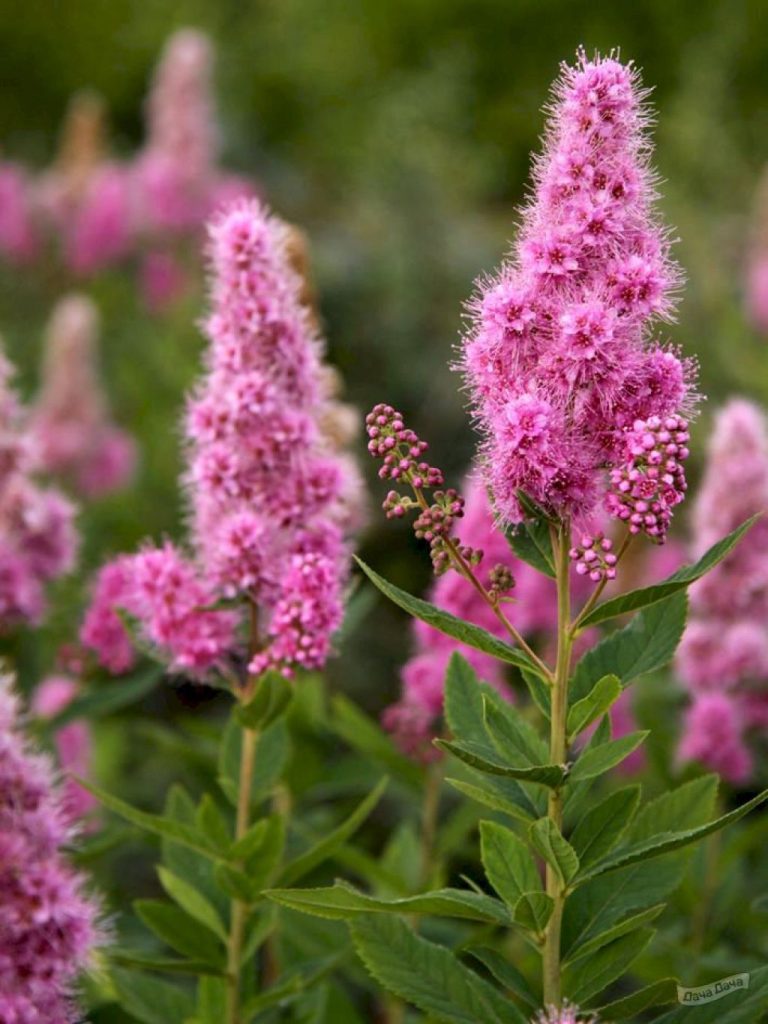
Here is another spirea cultivar with attractive foliage. Triumphans Spirea is a variety of pure pink flowers on erect dense panicles. This is a great houseplant and is popular for its deciduous shrubs and fluffy flowers that are very much loved by pollinating insects.
Triumphans Spirea is a must-have plant for your indoor plant collection and garden. This shrub is known for its late flowers blooming but it will bloom into late summer.
This spirea variety is easy to care for and requires regular water but do not overwater it. For this plant to thrive, avoid watering it too often and it prefers bright direct sunlight for at least 6 hours a day.
9. Mini gold Spirea
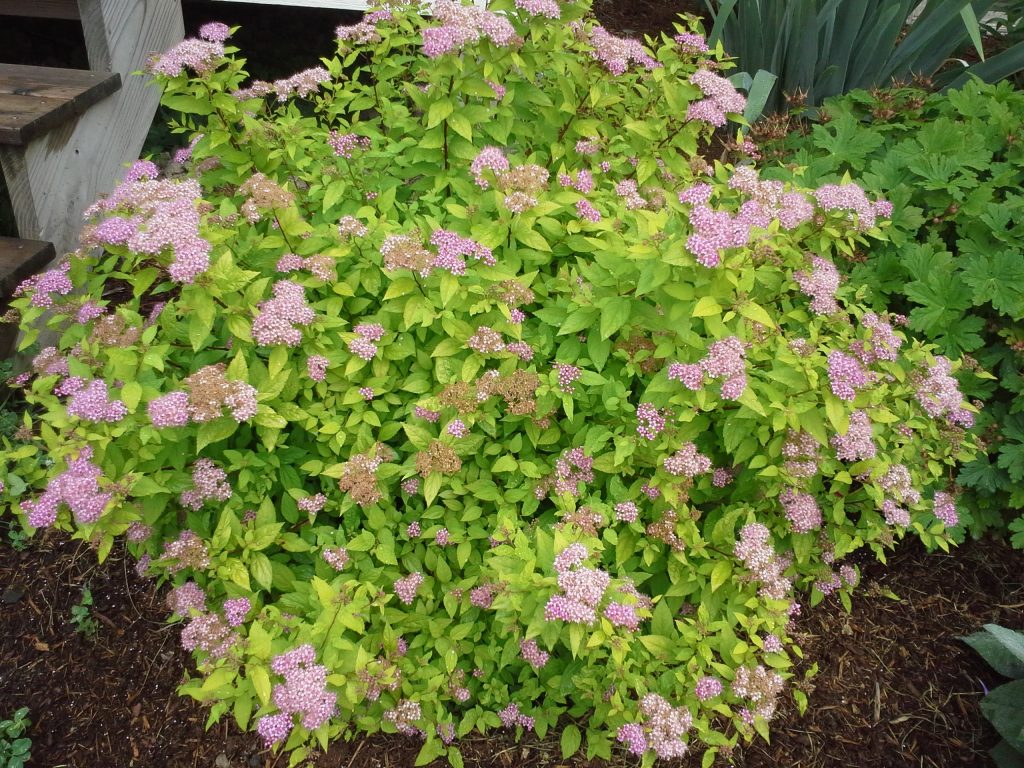
Flowers or no flowers, the Mini Gold Spirea is an absolute stunner any day. Their bright lemon-yellow leaves easily light up anywhere they are grown in. During their bloom, the Mini Gold Spirea produces pink and red flowers. This variety can be propagated as an indoor and outdoor plant.
They are known to add pops of color regardless of the location they are grown in. Mini Gold Spirea grown indoors cannot produce flowers because they cannot receive sufficient sunlight needed to bloom. When natural light is insufficient, you can make use of artificial light from lamps.
In addition, they should not be grown in poorly lit environments. Those grown outdoors, require bright indirect sunlight to thrive. Ensure they are watered thoroughly to allow sufficient flow of nutrients from the soil to the root.
Be moderate when watering to avoid waterlogged soil. When the soil becomes swampy, plant problems could occur and inhibit the growth of the plant.
10. Crisp Leaf Spirea
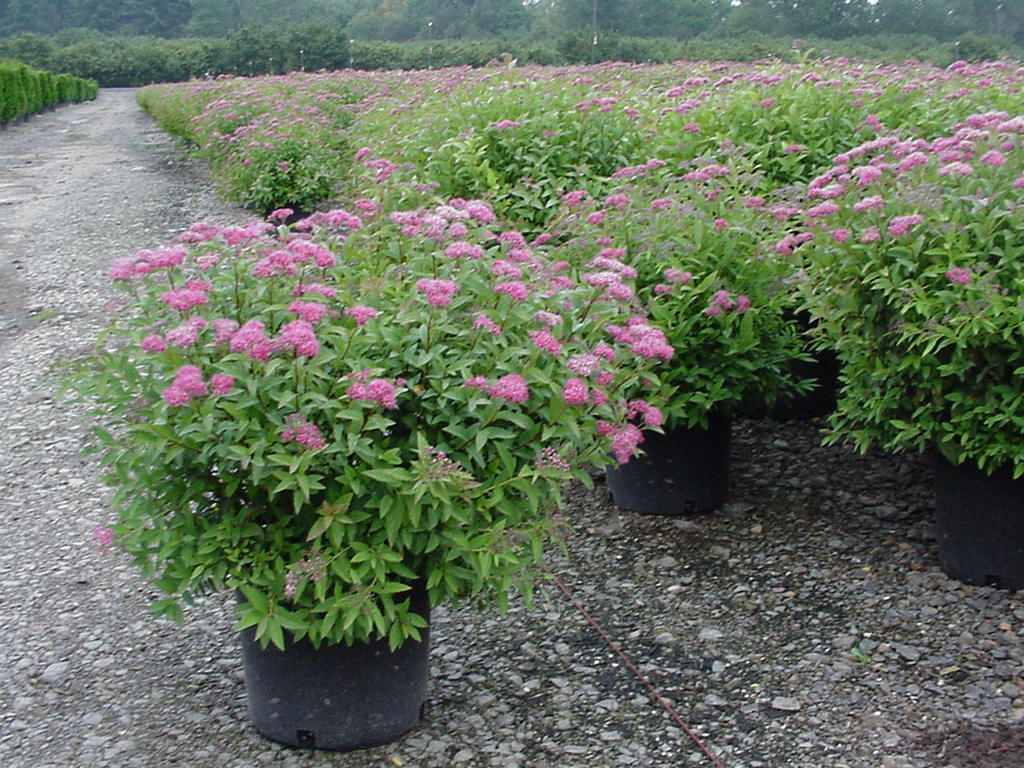
With an unusual foliage shape and design, the Crisp Leaf Spirea is a topper for gardeners and houseplant growers. For foliage design, the Crisp Leaf has serrated, wavy, and fur-like textured leaves. They produce a cascade of red and pink flowers during their bloom time.
They can be propagated through softwood cutting, hardwood cutting, and ground layering. It is best to use a propagation method you are familiar with. Since they are propagated as outdoor plants, ensure your Crisp Leaf Spirea is grown in a location where it can receive bright sunlight to enhance its growth and preserve both its foliage and flower color.
This variety must be watered regularly but moderately. A moisture gauge helps you determine how dry your soil is, and this helps determine the amount of watering the soil needs. If a moisture gauge does not suffice, use the tip of your fingers to check the moisture level. Misting their leaves regularly improves the humidity of the flowers and keeps them attractive.
11. Neon Flash Spirea
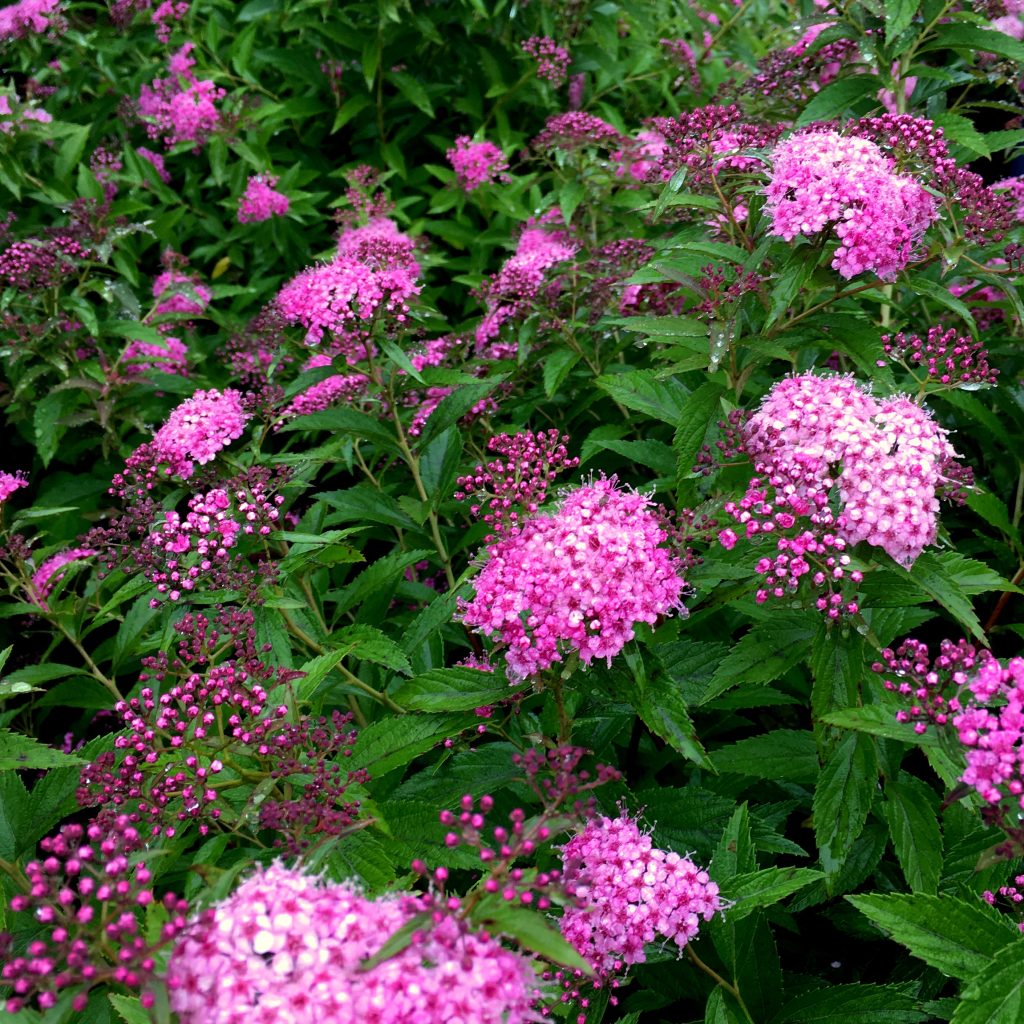
The Neon Flash Spirea has thin oval-shaped leaves and produces clusters of pink roses during their bloom time. Their prominent foliage color is green. The Neon Splash Spirea can be grown as ground covers, and foundation shrubs and can be used for mass plantings. They can grow up to 3 ft. in height and 3 ft. in width. They are affordable and easy to maintain.
The Neon Flash Spirea is popular so they can be purchased from nearby nurseries or online plant stores. You can even get it from a neighbor; all you need is a healthy stem, jar, and water. With these, your Spirea propagation journey has begun.
Their appearance is enhanced when they are pruned to look compact yet bushy. Regularly lookout for pests and combat them early upon detection. For mild pest infestation, spraying the leaves should keep the pests away. If this proves ineffective, use mild pesticides to combat pests. Sterilize your equipment before pruning as they can transmit pests’ diseases.
12. Greifheim Spirea
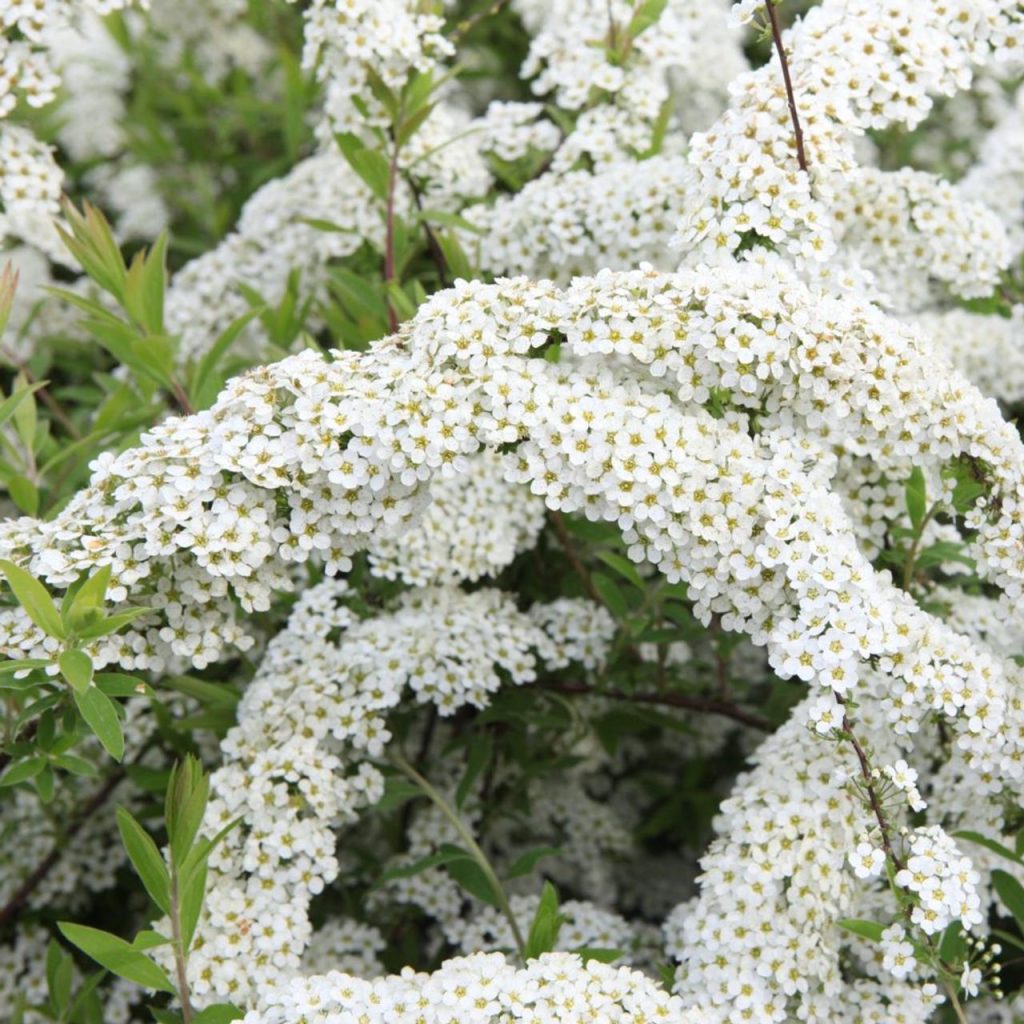
This variety is certainly amongst the most stunning Spirea varieties. This beautiful shrub produces white flowers that surround almost every part of the plant during its bloom time. This flowering feature makes them a sight to behold during their blooming season.
For foliage design, the Greifheim Spirea has compact lanceolate leaves.
The foliage color of the Spirea variety is Green. They are most attractive when they are bushy. Bushy Greifheim is achieved when they are properly tended to and their growth needs are provided in the right measure.
Since their flowers are the most attractive features of this variety. It is in your best interest to ensure the flowers bloom beautifully without any mishaps.
Ensure the flowers receive bright indirect sunlight daily to preserve and enhance their foliage color. Water the Greifheim Spirea plant regularly. Their flowers should be watered also as this keeps them refreshed, neat and attractive.
13. Gumball Spirea
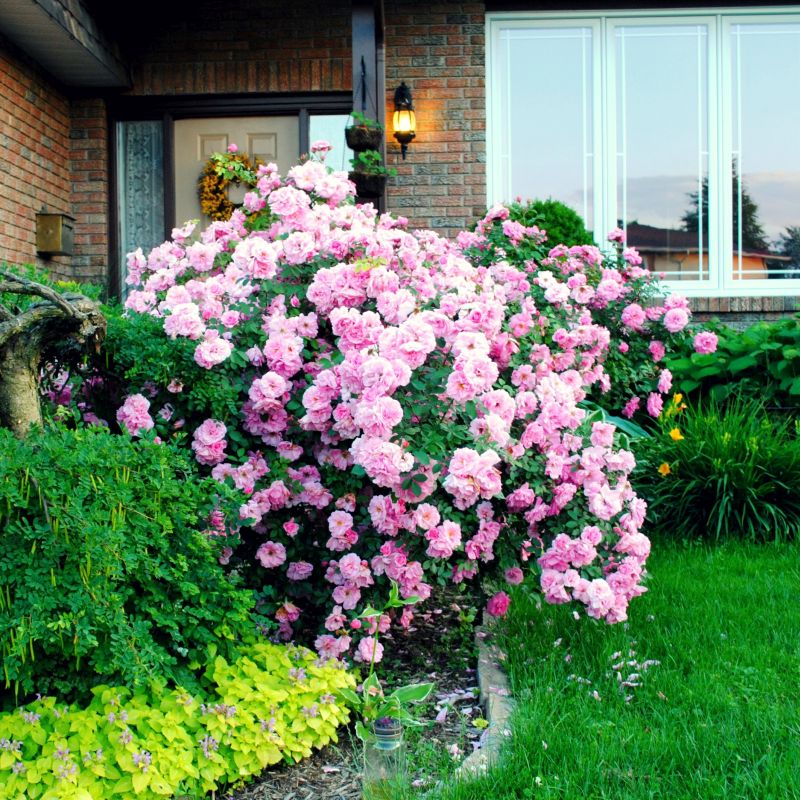
Unlike other varieties, the Gumball Spirea is unique, especially when its flowers are compared with those of other varieties. During their bloom time, the Gumball Spirea produces pink flowers but with a tiny ball at their end, making them appear stunning. A bushy Gumball can do wonders to your home’s exterior, especially when they are grown to beautify landscapes.
Their growing season is during Spring. This is the season your Gumball Spirea demands utmost care and attention. They can grow up to 2 ft. in height and 3 ft. in width. They are easy to propagate and low maintenance plants.
Asides from providing their basic growth needs which are moderate watering, appropriate temperature, regular misting, and a pest-free environment, periodic fertilization also enhances their growth. However, applying fertilizers should be moderate.
Going overboard can cause damage and result ultimately in the death of your Gumball Spirea. Use sterilized equipment to prune them and keep kids and pets away from your Gumball Spirea.
Final Thoughts
All of these varieties are affordable, easy to propagate, and low maintenance plants. With proper care and attention, these varieties are sure to thrive.
When a plant problem occurs, it has to do with excess provision or insufficiency of a growth need. Early detection preserves the plant and gives it a better chance at survival.
Continue reading:
- Pothos Varieties: 10 Common, Rare Pothos Types For Your Home
- Mother of Thousands Plant Varieties: Common & Rare Types
- Alocasia Varieties: 10 Common And Rare Types Of Alocasia
- Coneflower Varieties: 9 Common And Rare Types Of Cone Flowers
- Begonia Varieties: 10 Common & Rare Types Of Begonia
- Syngonium Varieties: 10 Common & Rare Types Of Syngonium

